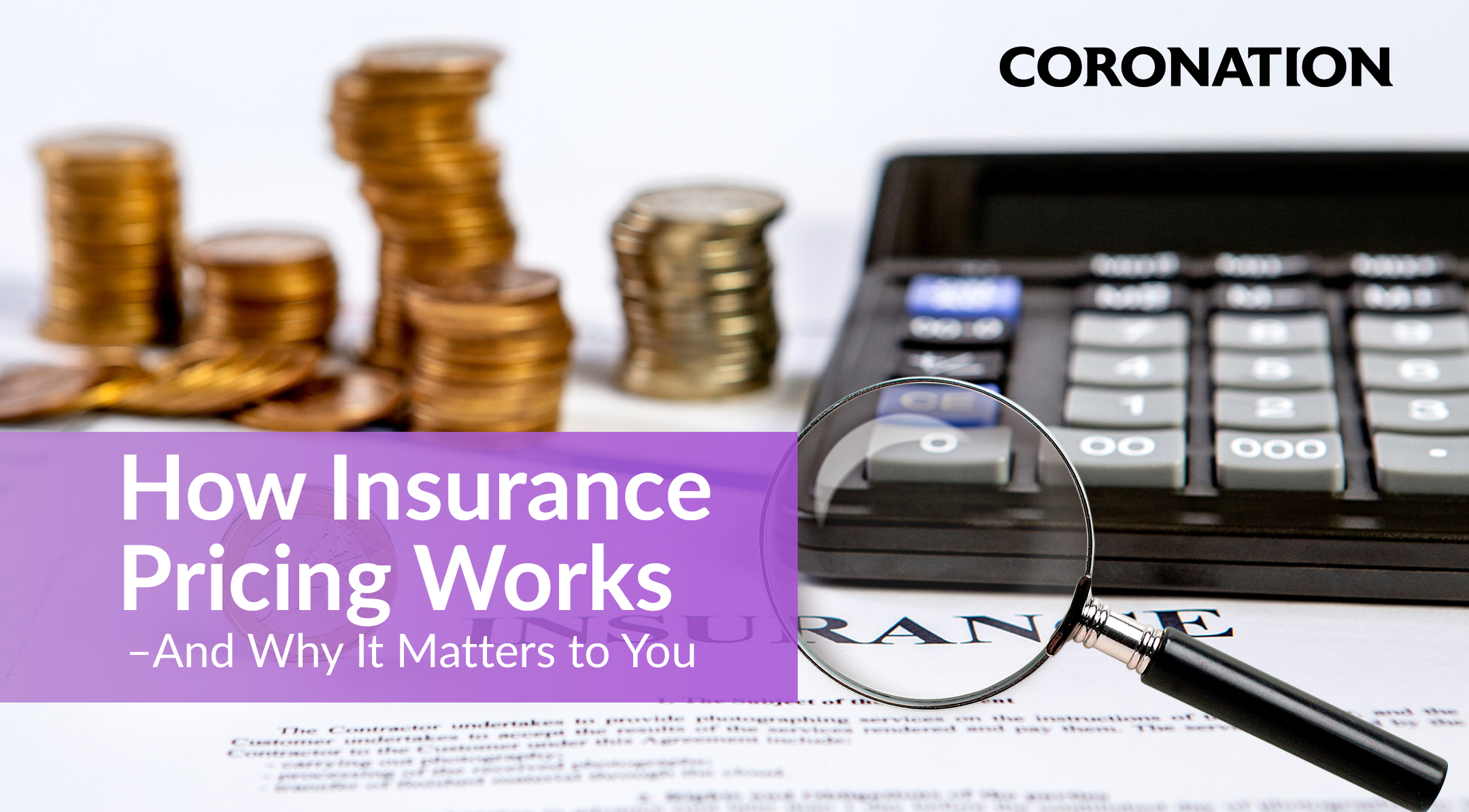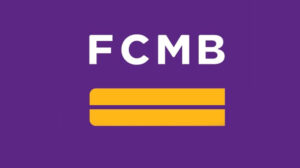How Insurance Pricing Works – And Why It Matters to You
How Insurance Pricing Works – And Why It Matters to You
In the complex world of financial protection, few things are misunderstood, including insurance pricing. To many, it appears arbitrary; a set of numbers determined behind closed doors. But in reality, insurance pricing is a carefully structured process rooted in data analysis, risk analysis, and fairness. Understanding how your premiums are calculated can empower you to make better financial decisions, demand more value from your insurer and appreciate the role insurance plays in protecting your future.
What Is Insurance Pricing?
Insurance pricing is a complex process that involves calculating the cost of insurance coverage for individuals and businesses. While these costs vary depending on the class of insurance/product, typically, the higher the exposure, the higher the premium amount.
Premium is the consideration that is paid by the Insured in exchange for insurance cover, generally, the premium arrived at by computing the rate based on the assessment of the risk on the subject matter of insurance value (sum insured).
These premium rates are not arbitrarily chosen. They are the result of actuarial statistical modeling and rigorous risk assessment. At its core, insurance pricing is about ensuring that customers within a homogeneous risk group pay adequate premiums that reflect the collective likelihood of a claim occurring and can offset claim liability when such events arise.
According to the International Association of Insurance Supervisors (IAIS), the primary goal of pricing is to ensure that insurers remain solvent while offering fair and reasonable premiums based on the risks they underwrite.
The Building Blocks of Insurance Pricing
Understanding how your insurance premium is calculated starts with a clear view of the many variables that work behind the scenes. Insurance pricing is not a one-size-fits-all formula. It’s a dynamic, data-informed process that adapts to the nature of risk, customer needs, and the type of coverage being provided. At the core of this process is the insurer’s responsibility to assess risk accurately, maintain portfolio balance, and offer fair value to policyholders.
- Risk Assessment
Insurance pricing begins with risk assessment – process of identifying, evaluating, and prioritizing potential risks or threats to an organization, individual, or project. It involves analyzing the likelihood and potential impact of adverse events, such as losses, damages, or injuries, to determine the level of risk and develop strategies to mitigate or manage them. This is where underwriting plays a critical role.
Through underwriting, insurers assign a price to a specific risk by analyzing a customer’s risk profile, claims history, lifestyle, and other risk indicators. The goal is to ensure that each policyholder contributes a premium that corresponds to their level of exposure. The greater the exposure to risk, the higher the likelihood of a claim – and logically, the higher the price of the insurance.
- Type of Coverage
The scope and nature of insurance coverage also significantly influence pricing. Insurance policies vary across products in relation to the specific risks and covers they offer. For example, a critical illness insurance policy is priced differently from a fire and special perils policy for a property. This variation arises because each risk differs in nature, exposure, frequency, and severity of occurrence. As such, insurers must assess these distinctions carefully to ensure that premiums are accurately aligned with the level and type of risk being underwritten.
A critical illness policy is based on factors such as age, health status, family medical history and lifestyle habits, while a fire policy considers the location, structure type, occupancy, and vulnerability of the building to fire-related hazards. These different exposures translate directly into different pricing models. The broader or more complex the risk coverage, the higher the potential claim payout, and therefore, the higher the premium.
Insurance pricing, therefore, reflects not just the cost of coverage, but the insurer’s evaluation of the risk exposure being taken on. This ensures that coverage is tailored to the customer’s specific needs, while maintaining balance and equity within the insurer’s overall risk portfolio.
- Risk Profile
Insurance, by design, is personal. Every individual presents a unique set of characteristics that influence their likelihood of a claim, and therefore, the price of their coverage. This is where personal data becomes a critical component in pricing decisions.
Factors such as age, gender, medical history, occupation, and lifestyle choices are not just statistical inputs – they help insurers assess the moral and physical hazards associated with insuring a particular individual. For example, someone with a high-risk occupation or a history of chronic illness presents a different exposure level compared to someone in a low-risk job with no underlying medical conditions.
This profiling helps underwriters determine the probability and potential cost of a claim. It also plays a role in detecting moral hazard, where the insured may behave recklessly or dishonestly because they know they’re covered. A person with a pattern of frequent claims or inconsistent disclosures may signal a higher risk, prompting a reassessment of their premium or insurability.
The detailed analysis of the insured’s profile ensures that insurers are not engaging in unfair discrimination; rather, they are promoting equity – where policyholders pay premiums that accurately reflect their actual level of risk.
This is essential for maintaining fairness within the risk pool and ensuring that the insurance system remains financially sustainable for all.
- Market and Economic Factors
Insurance pricing is influenced not only by individual risk but also by broader economic realities. Inflation, currency fluctuations, rising healthcare costs, and the increasing prices of materials like car parts or building supplies directly impact the cost of settling claims. For example, if vehicle repair costs rise due to import issues, motor insurance premiums will likely increase to match. Insurers must adjust pricing to reflect these shifts, ensuring they remain financially capable of honoring claims. This connection between economic conditions and insurance pricing helps maintain balance within the risk pool while ensuring long-term sustainability and reliability for both the insurer and the policyholder.
- Claims Experience
An insurer’s claims or loss experience plays a major role in future pricing. When a particular category shows adverse claims trends – such as an increase in accident frequency and repair costs in motor insurance, insurers are compelled to reassess the category and adjust rates upward to achieve a balanced portfolio. This adjustment ensures the premium reflects the actual risk exposure. In some cases, regulators also step in to standardize pricing in response to loss trends, as seen in the recent increase in the motor insurance base rate to 5%. Claims experience ensures pricing remains responsive, sustainable, and risk-aligned.
Why It Matters to You
Insurance pricing might seem like a technical concern, best left to actuaries, underwriters, and product teams. But in truth, how your premium is calculated has a direct impact on your finances, decision-making, and sense of security. Understanding how pricing works is not just good to know; it helps eliminate ambiguity, build clarity, and ensure you’re making informed choices.
Here’s why it matters:
- Clarity Builds Confidence: Knowing how your premium is determined removes confusion and helps you understand what you’re paying for. It builds trust in both the process and the insurer.
- Smarter Financial Planning: With pricing clarity, you can tailor your coverage, bundle more effectively, or improve your risk profile to manage costs better.
- Value Awareness: A well-priced policy isn’t always the cheapest. Knowing what’s behind the numbers helps you focus on value, not just price.
- Behavioural Insight: Insurance pricing reflects your lifestyle and behavior. When you see how your lifestyle affects your premium, you’re more likely to adopt safer, healthier habits.
Coronation Insurance: Our Approach to Fair and Transparent Pricing
At Coronation Insurance, we believe that insurance pricing should be fair, transparent, and customer-focused. Our pricing models are built not just on numbers, but on empathy, taking into consideration the realities of our environment and the needs of everyday Nigerians.
We invest in data analytics and digital tools to ensure that our pricing reflects accurate risk, while still remaining competitive. Whether you are insuring your car, your business, or your home, we work to provide value-driven products that deliver peace of mind.
But more importantly, we don’t just want to insure you. We want you to understand what you’re paying for and why it matters.
Insurance pricing isn’t just about numbers, it’s about protection, fairness, and trust. The more you understand it, the more confident you become in managing your coverage and your financial future. At Coronation Insurance, we are committed to ensuring that journey is clearer, simpler, and more personal; because at the heart of every premium is a promise: to be there when it matters most.
To read more articles from Coronation Insurance Plc, please visit https://coronation.ng/insights/
Want to learn more about how we can support you? Reach out to us at info@coronationinsurance.com.ng or call us on 02-012275475, 02-012275476.














Post Comment